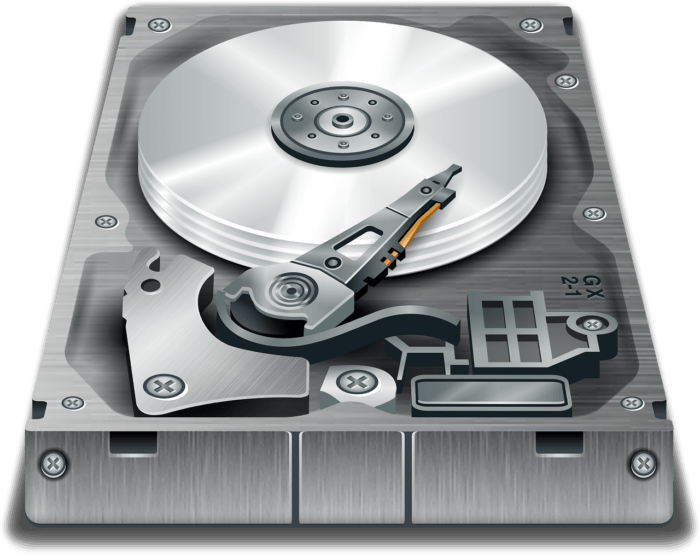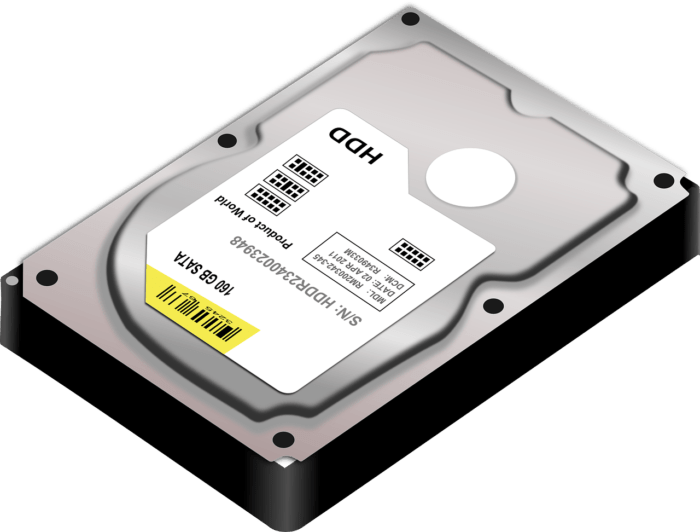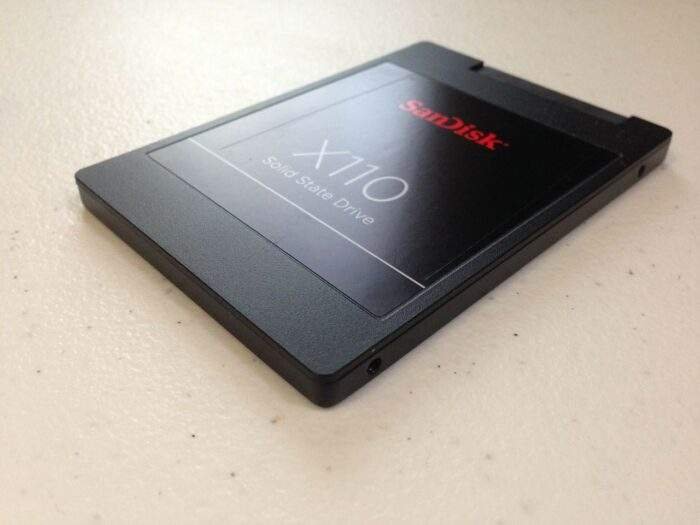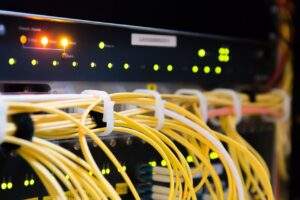SSD vs. HDD Performance and Speed Explained Thoroughly

With regards to SSD versus HDD speed correlations, SSDs unmistakably have the preferred position. In any case, truly the greater expense per GB of SSD storage implied that the advantages of higher SSD speeds were limited to a couple of utilizations where the expense could be defended.
Today, however, the value differential has limited essentially. What’s more, with the fundamentally higher SSD speeds rather than HDD, the prominence of SSD storage, regularly known as ‘”streak,” is detonating. Organizations are currently centered on getting the best blaze exhibit.
SSD versus HDD Speed and Performance
Strong state drives (SSDs) are quicker than customary hard plate drives (HDDs) and they are additionally increasingly solid and utilize less power. That implies that with regards to picking between SSD and HDD storage, SSDs would be ideal for HDDs in all cases if not for one actuality: SSDs are more costly than HDDs when estimated by cost per GB of capacity.
To comprehend why there is a major contrast between SSD v HDD speeds, it’s important to consider the distinction between SSD and HDD innovation.
Also Read: Best Gaming Laptop Under 800
How a Hard Drive Speed Works

An HDD is comprised of various turning attractive platters that store information, and various read/compose heads on mechanical arms that move over the outside of the platters. To peruse or compose information at a particular area of a platter, the head needs to move to a suitable position, and afterward trust that the division will go underneath it as the platter turns.
This method of activity presents two evident wellsprings of deferral:
It requires some investment for the head to move to the correct position, known as look for time.
There is a postponement as the head sits tight for the correct piece of the platter to come around, known as rotational inactivity, or just inertness.
The look for time relies upon where the head is toward the beginning of an activity and where it needs to move to, and the inactivity relies upon the situation of the circle in its cycle, so for a given HDD, it isn’t unexpected to discuss normal look for time and normal dormancy.
One progressively potential wellspring of deferral is the HDD interface through which information on the drives is transmitted to an associated PC or capacity framework. Be that as it may, basic interfaces, for example, SATA and SAS have been structured in light of hard drive execution, and these tend not to be a restricting element to HDD peruse and compose speeds.
With regards to hard drive speed estimations, there are four that are significant:
Successive read speed, perusing from a huge square of adjacent information.
Consecutive compose speed, the equivalent, however for composing information.
Arbitrary read speed, perusing information dispersed everywhere throughout the plate.
Irregular compose speed. Arbitrary rates are commonly far lower than consecutive speeds in light of the measure of looking for and rotational idleness included.
How SSD Speed Works

The way that an SSD drive works are totally unique in relation to an HDD. It utilizes a strong state storage medium, normally NAND (regularly known as glimmer), and information is composed to or read from the NAND by a controller, which viably is the minds of the gadget.
With an SSD there is no factor look for time or rotational dormancy, as all aspects of the SSD can be gotten to in a similar measure of time. In any case, SSD peruse and compose speeds are hilter kilter: information peruses are exceptionally fast, yet SSD compose speeds are fairly slow.
That is on the grounds that SSD storage is comprised of individual NAND cells which can store one (or only a couple) bits of information, and gatherings of cells are sorted out into pages. At long last, gatherings of pages are sorted out into squares.
The issue is that information can’t be kept in touch with a cell except if it is first eradicated, expelling any current data, and keeping in mind that information can be thought of each page in turn, it must be deleted in whole squares one after another. That implies that to compose a solitary piece of information to a cell it is important to duplicate every one of the pages in the square containing that cell to a holding zone, eradicate the whole square, and afterward compose every one of the pages and the new piece of information back to the deleted square.
Is an SSD Faster than an HDD?
The straightforward response to this inquiry is truly, and the explanation is that the strong state nature of SSD storage gives it an enormous speed advantage over the mechanical plan of HDD storage, with the intrinsic, defers that it involves.
SSD versus HDD Read/Write Speed
How much quicker is an SSD? The appropriate response obviously relies upon which SSD and HDD you analyze and what precisely you are looking at. An SSD speed correlation will uncover that there is a wide variety between SSD speeds.
Be that as it may, to get a thought of the exhibition distinction an SSD v HDD speed correlation could sensibly appear, a standard SSD can peruse successive information at a speed of around 550 megabytes for each second (MBps) and compose it at 520 MBps. Conversely, a quick HDD may complete successive peruses and composes at simply 125MBps.
That shows that the contrast between SSD and HDD execution is noteworthy. The response to the subject of how much quicker an SSD is contrasted with an HDD? Around multiple times quicker with regards to SSD versus HDD read speed, and somewhat less when SSD versus HDD compose speed is thought about.
SSD Read/Write Speed
Truly, SSDs have been intended to be drop-in substitutions for HDDs, and that implies that they are regularly made with indistinguishable interfaces from HDDs, which practically speaking methods a SATA interface, or on progressively superior frameworks, a SAS interface.
These interfaces have been advanced explicitly for HDD storage gadgets, however, they are problematic for SSDs. “Interfaces do disrupt the general flow for SSDs,” says Jim Handy, an examiner at Objective Analysis, “and that is the reason we are seeing PCIe SSDs.”
The impact of size on speed: SSD Interfaces
To get a thought of the advantage of a more SSD-accommodating interface like PCIe, think about this. The SATA 3.0 particular just permits SSDs to arrive at the greatest information pace of about 560MB/s. By differentiating the PCIe 3.0 interface permits velocities of 985MB/s per path. (The SSD’s controller is associated by numerous paths to various NAND chips where the information is really put away.) Even however an individual NAND chip is probably not going to have the option to work at a 985MB/s, a gadget with 8 chips on independent paths can without much of a stretch offer 3000 MB/s total throughput.
Instructions to make SSDs quicker
Standard NAND utilized in SSDs is viably level, and execution sapping mistake amendment calculations are utilized to moderate against information defilement brought about by cell to cell obstruction in firmly stuffed cells. Be that as it may, new blaze chip innovation utilizes different layers of memory cells (known as 3D NAND) and this offers the potential for quicker SSD peruse and compose execution. That is on the grounds that it’s not important to run these calculations in 3D NAND, and chip-producer Samsung says its 3D NAND is twice as quick as ordinary planar NAND with regards to SSD compose speed.
The contrast among SSD and HDD read paces can be upgraded further by moving endlessly from NAND inside and out, and rather utilizing SSDs which are furnished with another capacity medium called 3D XPoint, mutually created by Intel and Micron.
Hard Drive Read/Write Speed
The greatest defers that point of confinement HDD speed are look for times (the postponement as the read/compose head moves into position) and inactivity (as the hard drive hangs tight for the necessary piece of the plate to turn into position under the head), as clarified prior.
So it pursues that by lessening these two factors, the contrast among SSD and HDD execution can be limited.
Instructions to make HDD speed quicker
The best approach to decrease idleness is generally straightforward: expanding the revolution pace of the platters will diminish inertness, and thus elite HDDs turn at 15,000 rpm instead of the more standard 7,200 rpm.
Turning the platters quicker than 15,000 would bring about further decreases in idleness, yet for useful reasons, this is hard to accomplish: the quicker the platters turn the less steady they are. Quicker turning circles likewise devour undeniably more power. Both of these issues have been tended to some degree by filling HDDs with helium, however, for the minute 15,000 rpm has all the earmarks of being the utmost.







